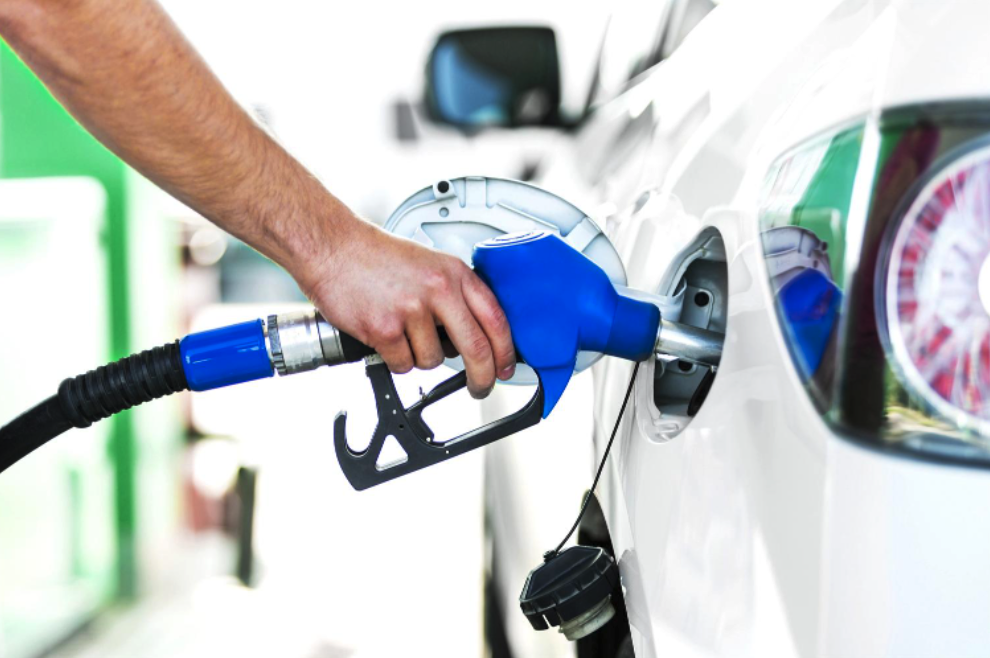1. Minimize installation costs with innovative TAPS
For many years, the induction loop has been the preferred means of measuring traffic volume or signaling for traffic signals. While this technology has stood the test of time, it is now obsolete and outdated due to more recent developments.
The induction loop is built into the road surface. For this purpose, a groove is usually milled in which the loop is installed. Alternating current flows permanently through the loop itself. When a vehicle drives over the loop, the magnetic field of the coil changes. Installation is time-consuming and costly, since the milled groove must have a certain depth and the exact size of the coil.
Our TAPS sensor technology requires a single core circle bore. Traffic can thus be released within 30 minutes per sensor bore. released.
The energy-autonomous design of the sensor means that no power connections have to be laid during installation. This cuts installation costs by around half. You can respond more quickly to challenges and always have the option of finding a suitable solution in a timely manner thanks to the simple installation.
2. With sophisticated TAPS you will find the right parking space faster

The more vehicles there are on the roads, the more difficult it becomes to find a suitable parking space. Once a parking space has been found, it is often associated with long distances or even high costs. The morning search for a parking space before work causes stress and robs valuable time.
With the innovative TAPS, such scenarios are reduced or become a thing of the past if they run optimally. The sensor technology allows further technical features such as the connection to the parking guidance system or apps, with which you can get an exact overview of the situation even before the analog parking space search.
Not only is a lot of time lost looking for a parking space, but emissions are also generated unnecessarily. Unnecessary kilometers have to be driven, and the stop-and-go contributes to particulate pollution and the pollution of city centers.
The best possible and steady flow is the goal of any well-functioning traffic and parking management. In order to achieve this ideal, the largest possible amount of usable data is required. We offer you the necessary technology to be able to obtain exactly this data, thereby relaxing both the traffic and the vehicle occupants, who can more easily keep to their schedules.
3. Reduce your fuel costs thanks to the effective TAPS.

Traffic jams and slow driving as well as unnecessary detours lead to excessive fuel consumption. If parts of a city are particularly congested, you usually have to get an idea of the situation on the spot before deciding on a detour. In this way, additional costs are incurred that can be prevented by planning ahead.
It is not only the search for parking spaces and stop-and-go in cities that leads to higher consumption, but also detours you have to take because certain stretches of road are congested and at capacity. Through important information provided by TAPS, not only the individual but the system as a whole is relieved. If traffic flows evenly, especially during rush hours, each individual road user can save money.
4. Lower emissions with forward planning
Decision-makers who complain about poor air quality in city centers, but at the same time do not use the latest technologies, will have to rethink their approach from now on. If traffic and parking management is constantly advanced, the solutions to keep emissions as low as possible are already available today.
With traffic flowing evenly and the deliberate relief of roads and parking lots, the quality of life increases considerably, especially for residents of cities. Our interfaces, which are precisely adapted to the systems of a city, are the first and decisive step towards achieving the climate targets set.
If you want to actively contribute to achieving climate targets, you can consider our systems and solutions as an important building block. In our opinion, transport and infrastructure must be adapted step by step for this to happen.
This is the only way to ensure that all elements are optimally integrated and the desired success is achieved. Thanks to the simple installation already mentioned, existing elements can be replaced relatively easily and the scope of services increased. Examples of this are data evaluation in real time, connection to existing traffic guidance systems or energy-autonomous technology.
5. Reduce your running costs with TAPS

While induction loops are permanently dependent on alternating current and are vulnerable due to the amount of wires, our system works energy self-sufficiently. This means that it generates its own energy. This is sufficient not only for data acquisition, but also for processing and even sending the information to the gateway. Thanks to the lower installation costs, customers can invest in the expansion of intelligent traffic and parking management and increase data quality.
This allows you to adapt the technology to your parking lot, driveways or even to regulate traffic in a community. Further investments are thus low and the system can be used to its full extent immediately.
If we have aroused your interest in the system or if you have any questions, please contact us. We look forward to working with you and are eagerly awaiting your ideas. We would be happy to check for you which savings and improvements can be expected when switching to our system.
Our team is personally available to answer your questions and provide you with full advice during the planning of the project. Thus, the desired success with TAPS is only a matter of time.




)
)